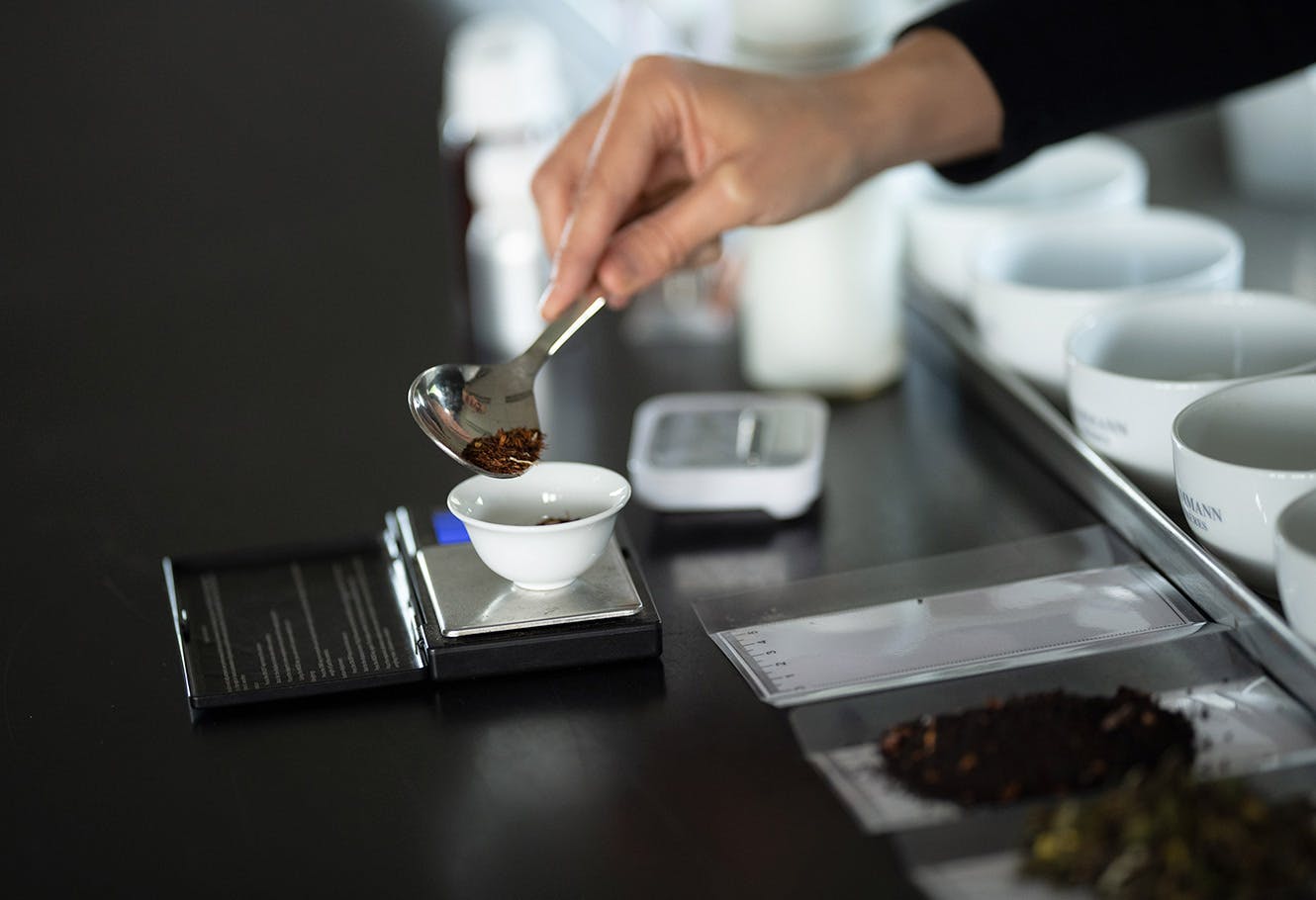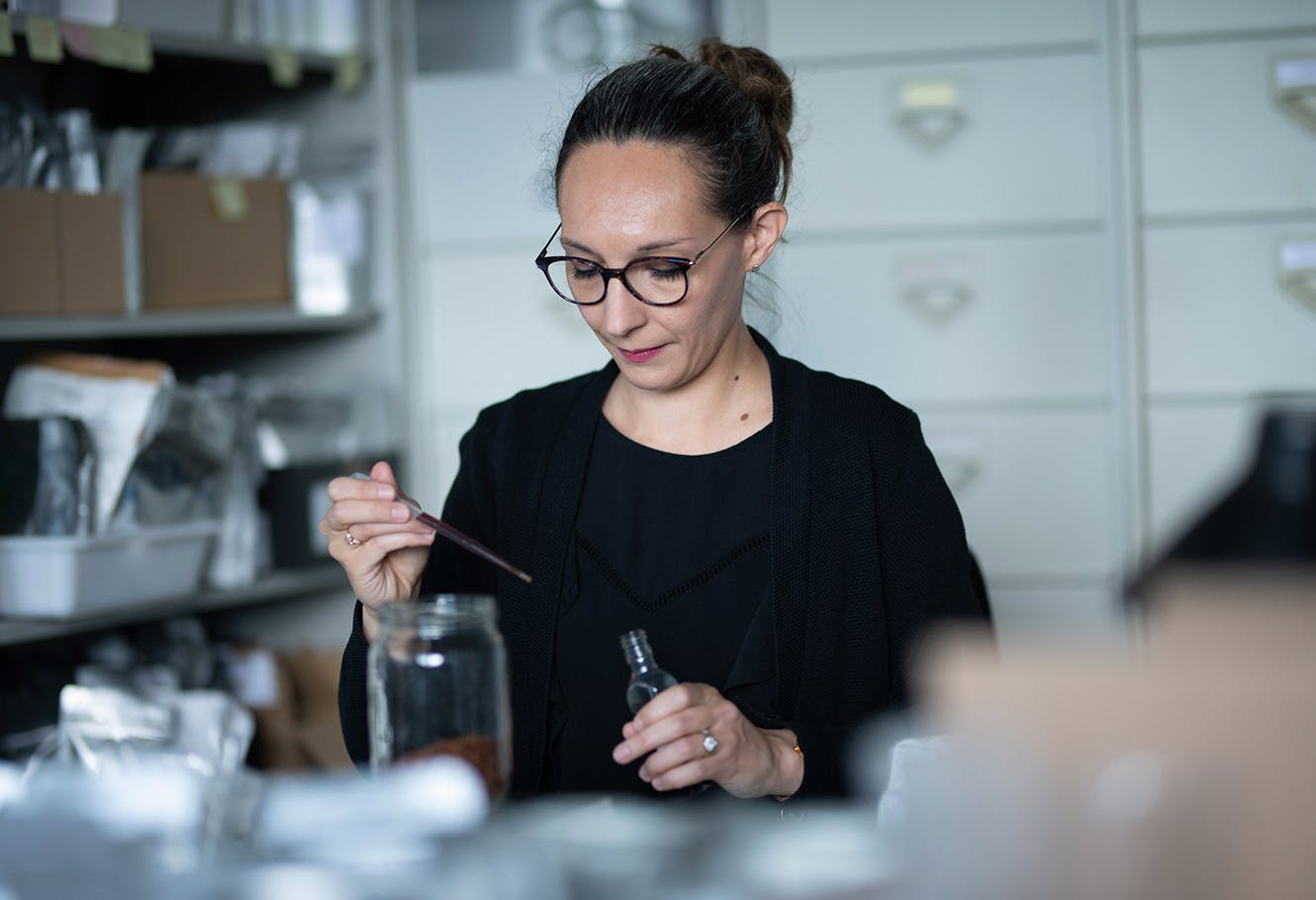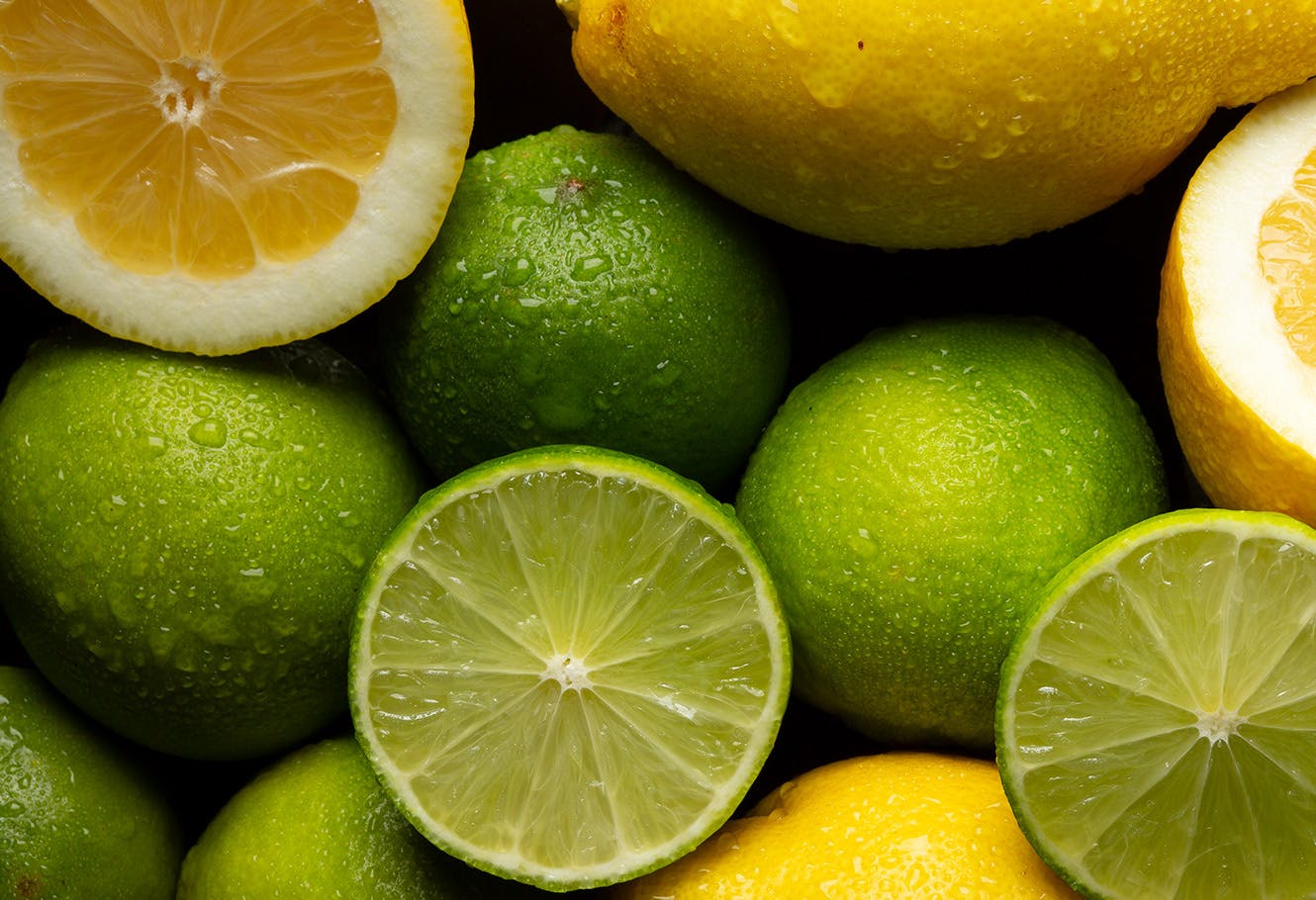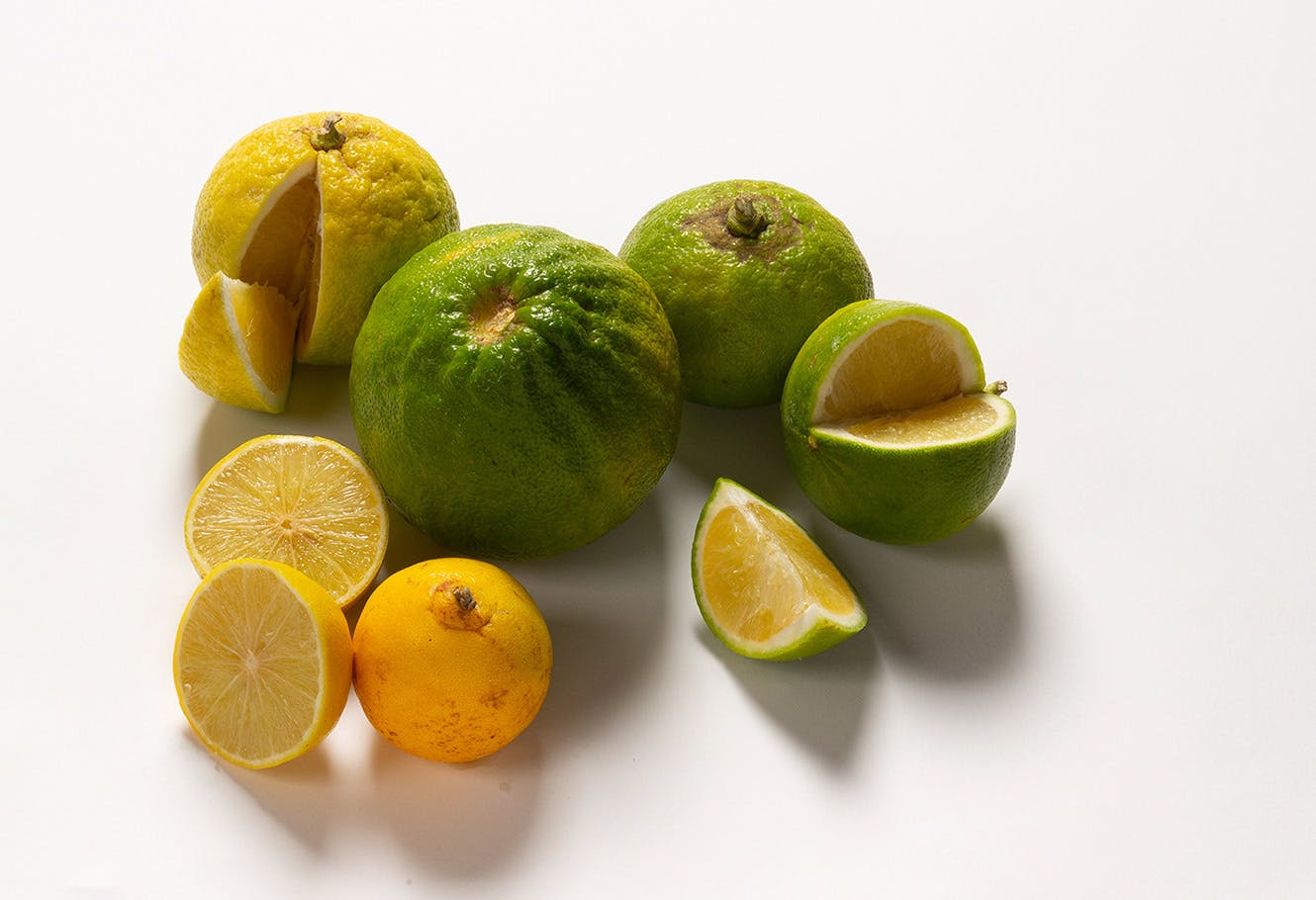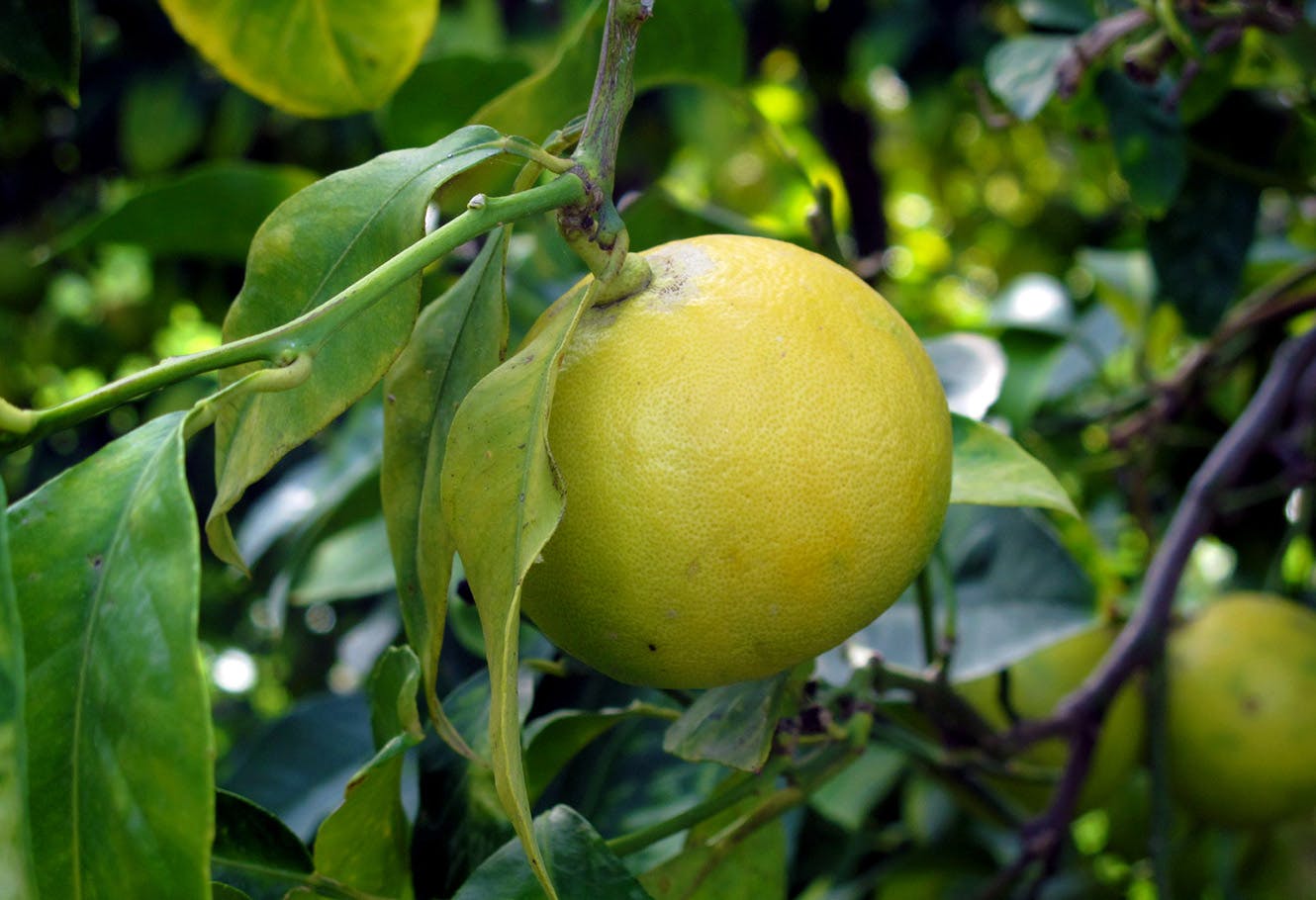Citrus fruits: essential oils
Artisanal production: tradition and excellence…
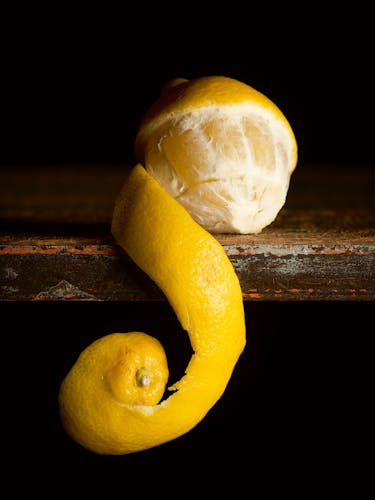
Until around 1850, the extraction of the bergamot essence was undertaken using the “sponge” method: the peel of the fruit was split and the essence extracted by pressure and collected by sponges placed on recipients made of glazed terracotta. The pressing workers (sfumatori) would work at night using small oil lamps to ensure that daylight would not alter the properties of the delicate essence! The essence was then separated from any waste by decanting.
Around 1840, Nicolas BARILLA industrialised extraction by inventing a rudimentary but effective machine.
In Calabria today, the fruit are still picked by hand.
From November to March, the picked fruit are sorted and gathered according to their area of origin so as to ensure that the diverse olfactory nuances they may produce are kept well separated. The essential oil is cold-extracted by a mechanical process from the fresh pericarp of the Citrus Bergamia. The fruit are placed in a “pelatrice” (pronounce it in Italian), a machine fitted with cylindrical rollers that prick and grate the peel. During this operation, the fruit are constantly sprayed by small pressurised water streams which, by washing the peel, force the extracts into a centrifuge in which the aqueous part and the oil are separated. About 200 kg of bergamot is required to produce 1 litre of bergamot essential oil.
Our selection of teas with essential oils
Our articles on citrus essential oils
Our articles on citrus essential oils
